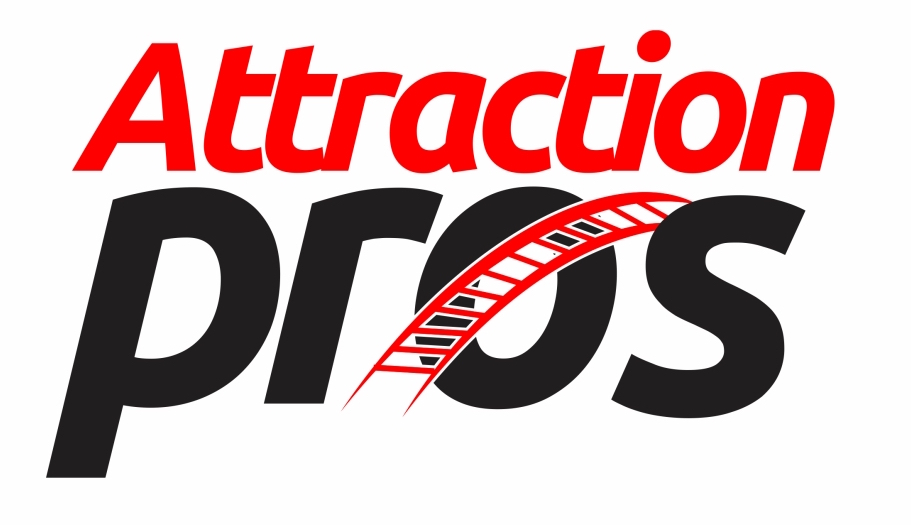
Episode 336: Matt and Josh talk about getting past the honeymoon phase, using feedback to drive growth, and moving the goalpost
Recently, Universal Orlando shared additional details about Epic Universe, scheduled to open in 2025. The news of the upcoming park’s opening sparked a conversation about sustaining guest and employee experience initiatives on a continual basis. Grand openings are often accompanied by fanfare and confetti, but attractions are built for the long term, rather than the initial splash they make. In this episode, Matt and Josh talk about getting past the honeymoon phase, using feedback to drive growth, and moving the goalpost.
Getting past the honeymoon phase
“Every day should be a grand opening.”
There is substantial effort that it takes to open a large attraction such as a theme park. From construction to marketing and hiring, the majority of work activity is pointed toward the grand opening. Once the grand opening occurs, the initial novelty eventually wears off, and now the team needs to shift toward long-term operations.
However, when guests visit for the first time – even years after opening, the attraction needs to preserve the grand opening feel. For employees, this includes the first-day feeling that they have on their first day of employment, whether it aligned with the grand opening or not. Sustaining the enthusiasm is critical, particularly as employees become accustomed to their work environment, which for them now feels normal, ordinary, and occasionally even redundant.
How can you treat every day like the grand opening for both guests and employees?
Using feedback to make improvements
“Ask what can improve the experience, not *if* anything could improve it.”
You should always stay up-to-date on how you are delivering the experience compared to expectations, for both guests and employee experience. Using multiple streams of feedback, you can determine what friction points there are in the experience, coming from the guests or employees themselves. Then, using an operational lens and recognizing that the solution is not always the opposite of the problem, you can implement solutions very quickly that address the perception of the issue, and continue to measure the data to track improvements.
This also requires leaders to look at their environments with a critical eye and not accept mediocrity. Saying “it’s fine” to minor issues is an indicator that a leader will overlook circumstances that will grow into larger problems in the future. Taking care of them immediately ensures a high standard of quality.
Moving the goalpost
“Use ‘wow’ moments to make sure the experience has no plateau.”
The guest and employee experience have no limit. The more you drive these forward, the more growth opportunities you have for guest loyalty, including repeat visitation and positive word of mouth, as well as employee loyalty, which includes retention and referrals. Even if you are ranked #1 on TripAdvisor, you can create a larger buffer between yourself and the attraction ranked #2.
The concept of the peak-end rule indicates how we remember experiences. We are most likely to remember the beginning, end, and the peaks that occur throughout the experience. If we strategically orchestrate the peaks throughout their day, we can better ensure satisfaction, and we can continue to iterate new ideas for “wow” moments that can push the experience further.
Even if your attraction isn’t brand new, tomorrow is a brand new day. When you focus on the guest experience and the employee experience, the revenue follows.
Podcast: Play in new window | Download
